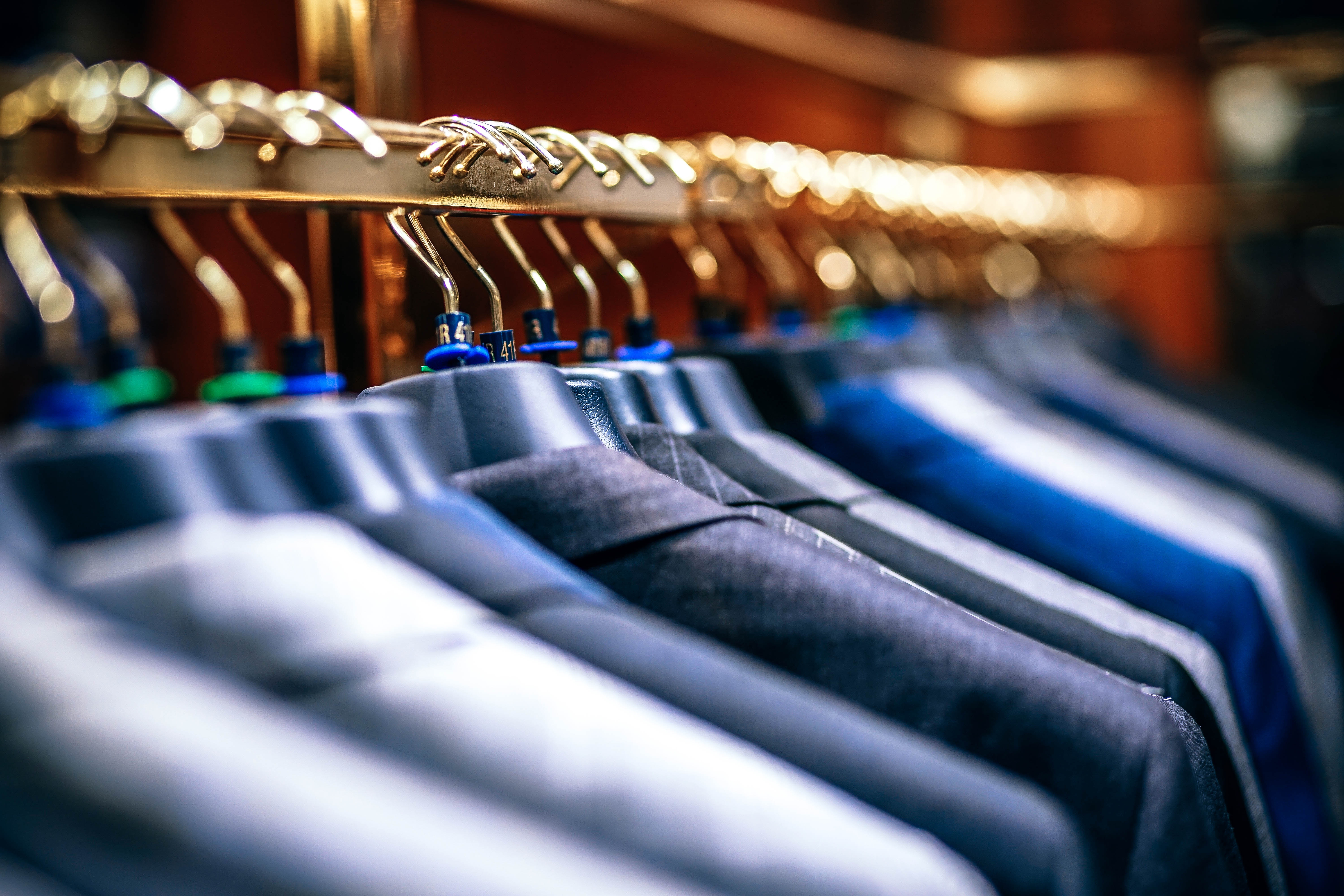
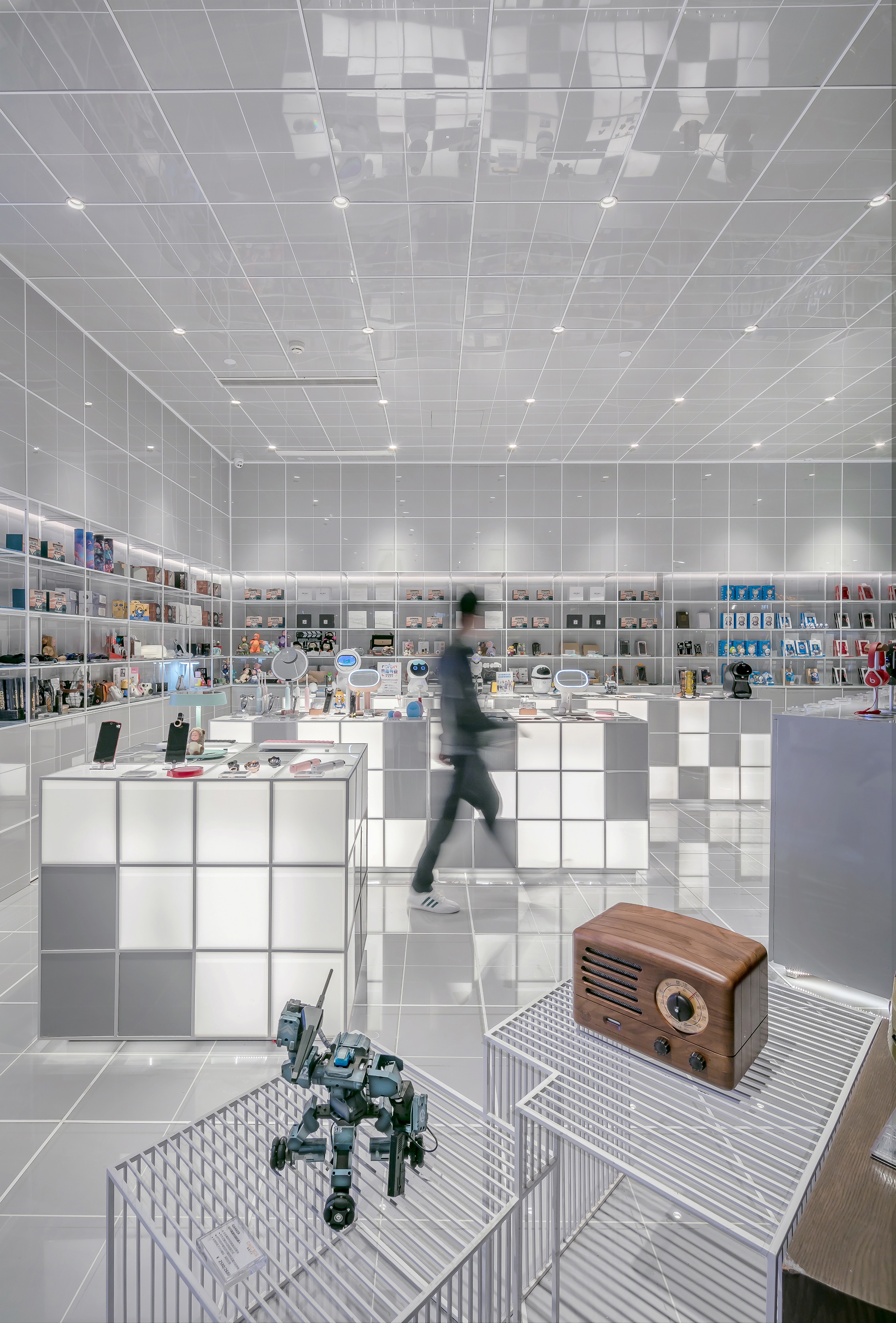
Several technological developments have changed the way we shop and will become more important in the coming years:
Thanks to cloud computing and distributed computing loyalty card purchases can be better exploited to offer personalized offers to customers. In the future, technological improvements will enable retailers to offer personalized offers in real time, for example via mobile applications.
In the future shopping will become even easier and will not waste time. Offering such an improvement in the customer experience will mean that humans will be less busy (because they are less efficient than the machine), particularly at the cash desk. Experiences like AmazonGo in the United States or Tap-To-Go in the Netherlands will be democratized and will eventually replace other systems that nowadays make it possible to avoid the checkout process such as Quick Scan or self-scan.
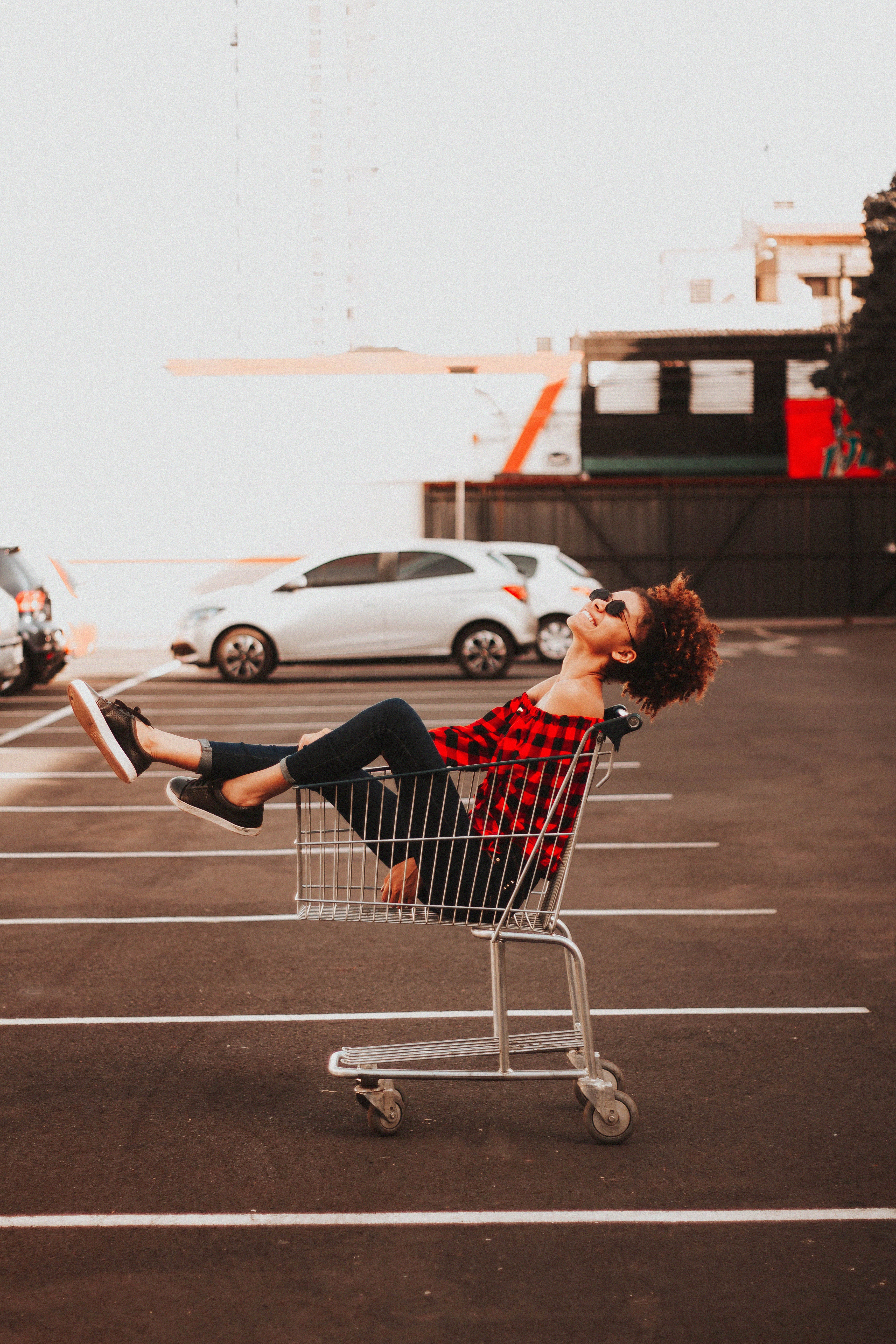
In some countries, the market share of e-commerce is still low for consumer goods. But this market share is bound to grow. Consumers have less and less time to go to the supermarket and online orders can only grow. From the supplement requested for the preparation of the order will depend the choice of the client as to the method of delivery: at home or at collection point. But one thing is certain: customers ready to face the throes of a crowded supermarket on Saturday afternoon will be more and more rare.
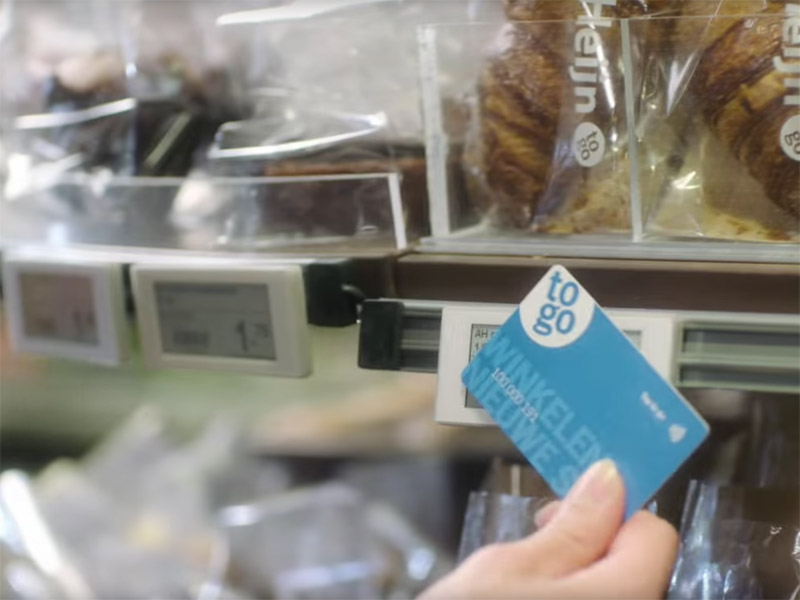
The Tap Tap Go system under test allows you to shorten the time needed to do your shopping by eliminating the need to check out
The brain of a typical consumer is not able to process the amount of information available in a supermarket. The cognitive load is just too high. The logical consequence is that we always buy the same thing (80% of our purchases are recurring) and do not go to the discovery of all products available at the point of sale. 95% of products in the supermarket are unknown to us.
Supermarkets need to change the way they present their products to facilitate their discovery and facilitate the cognitive processing of information. Intelligent shelf such as the one presented by AWM will obviously be a rising trend of the market in the coming years.
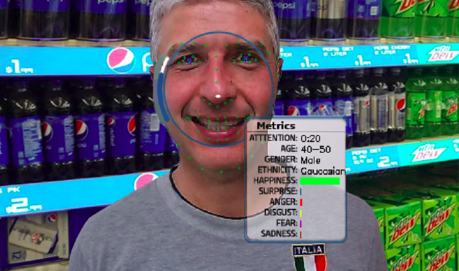
AWM offers smart shelving that automatically profiles customers in stores
The importance of creating differentiated customer experiences is self-evident. Professor Peter Verhoef offers an excellent definition of the customer experience:
“It’s about the client’s cognitive, affective, emotional, social and physical reaction to the retailer. This experience is not only created by the factors that the retailer can control […] but also by factors beyond his control […] “
We are confident that the future of the retail business will be partly driven by the emotional bond that retailers will be able to build with their customers. Several strategies can be used by retailers to achieve this goal:
Retailers can try to communicate with their customers by developing strategies that emphasize values (social responsibility, environmental responsibility) that echo those of consumers. An interesting recent example is Delhaize and its urban farm.
The positioning of the retailer will play a role in determining the proposed experience.
Premium retailers will certainly engage in communication for a healthier diet and will try to make the buying experience more attractive by attracting customers to new products. Greater technological maturity of consumers could also lead retailers to reiterate experiences that had failed in the past (see for example the Delhaize “The Cube” experience that echoed Tesco’s experience in South Korea).
In-store signage, smart racking, faster payment methods will all help improve the customer experience.
The revolution will also come from the use of mobile applications. Very underestimated so far their use remains rare and is usually limited to experiments (see for example the application of Augmented Reality launched by Ahold in the Netherlands).
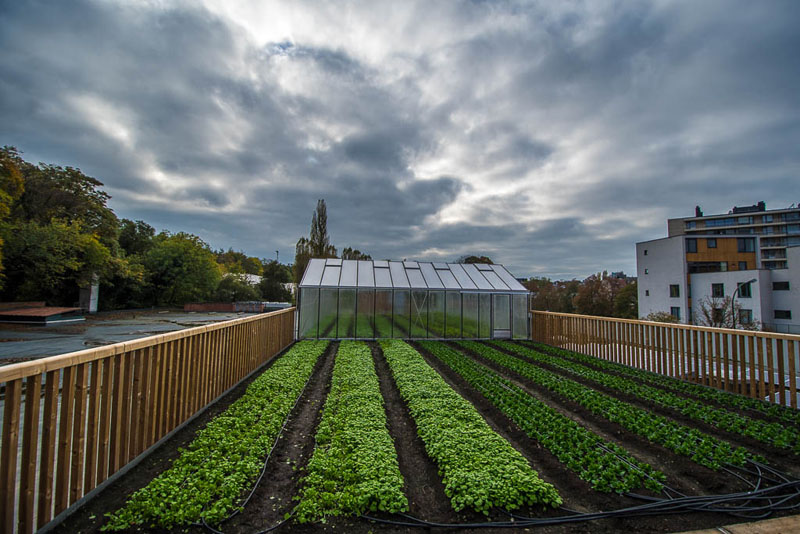
The urban farm of Delhaize
The collection and use of data has been at the heart of retailers strategy for years. Custom coupons, for example, have been created using complex algorithms to predict what you would like to buy and encourage you to do so.
A cheap computing power available in the Cloud will allow to exploit even more the data collected and to participate in new developments. The Amazon Go concept store launched by Amazon in Seattle collects and analyzes a very wide range of previously unrecognized data (emotions, purchase sequences, position in the store, …).

Following the path outlined by the previous trend (Big Data), it seems obvious that retailers will have to innovate to improve their profitability (especially in a context of fierce struggle between e-commerce and physical stores).
New in-store dynamic pricing experiences will certainly be launched in 2018. New types of data will likely also be collected (for example through instant payment methods) that will allow retailers to view in-store and consider optimizing customer journeys and making them more profitable.
Peter S.
Leave a comment